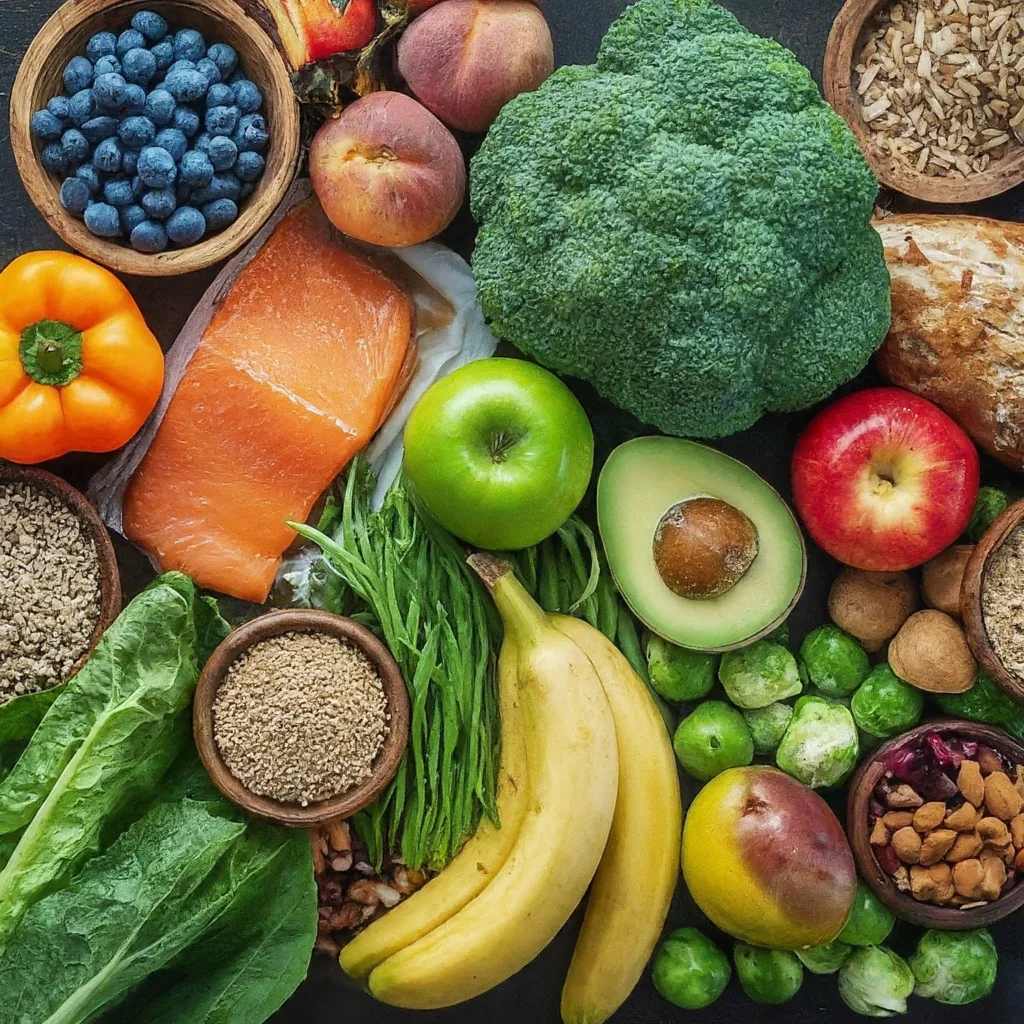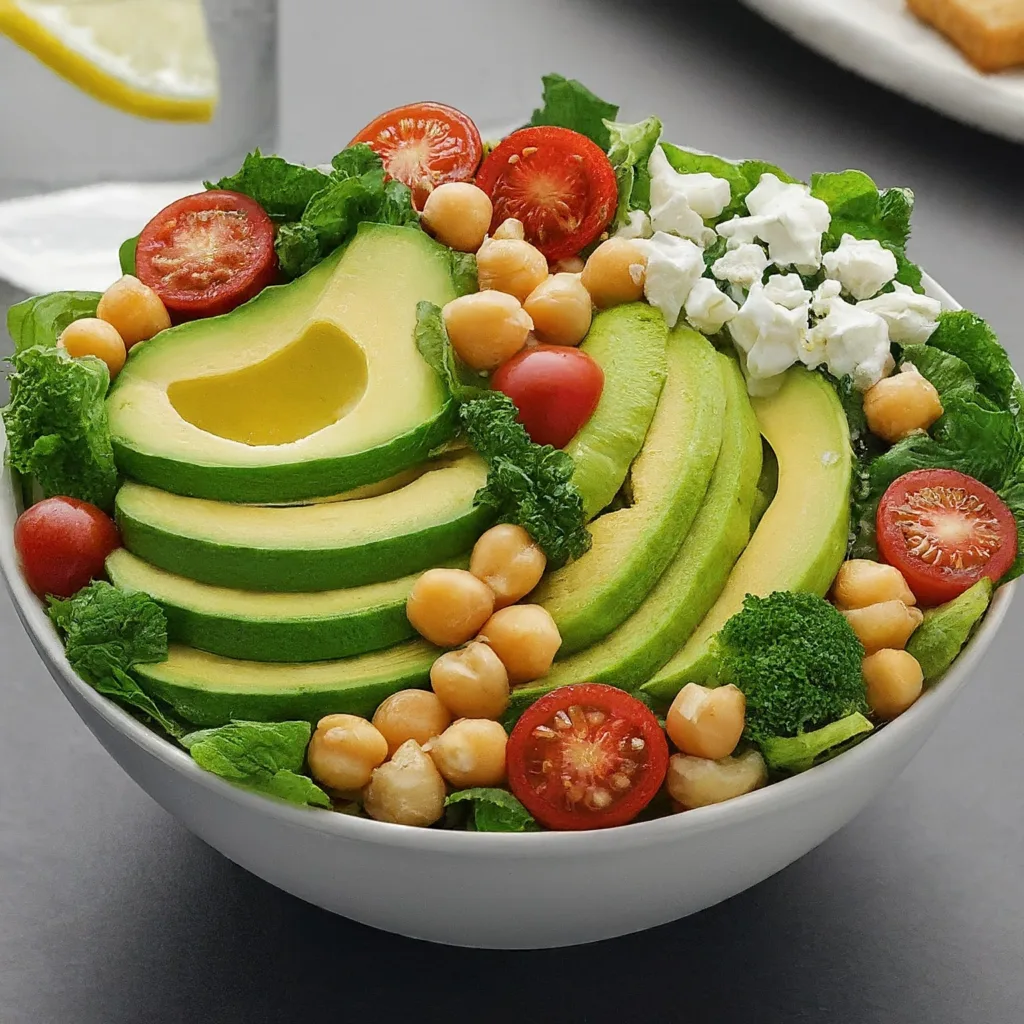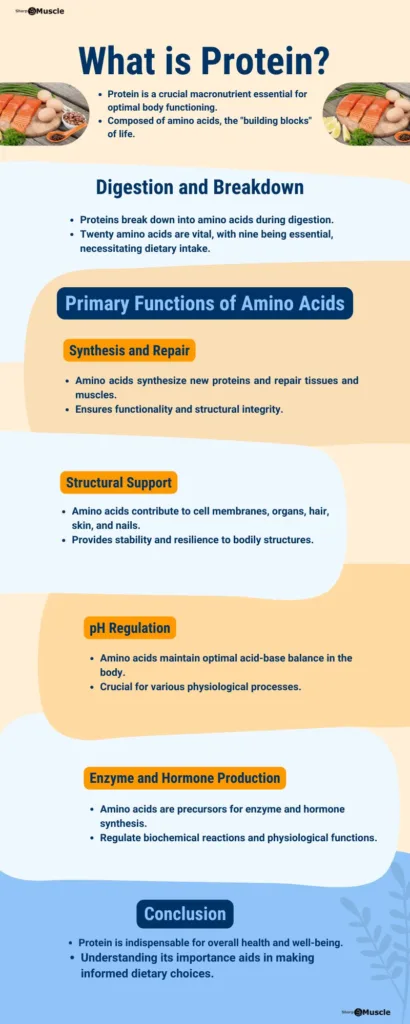In a world obsessed with quantifying every aspect of our lives, it’s no surprise that the calorie has become the omnipotent number in the realm of weight management. Counting calories has been a cornerstone of traditional weight loss advice, but is this approach grounded in sound scientific principles?
In this exploration, we delve into the intricate web of metabolism, challenging the conventional wisdom surrounding calorie counting.
What is calorie counting?
Calorie counting is a method of tracking the number of calories consumed through food and beverages and comparing it to the number of calories burned through physical activity and metabolism. The fundamental idea behind calorie counting is based on the principle of energy balance: if you consume more calories than your body expends, you gain weight, and if you consume fewer calories than your body expends, you lose weight.
The breakdown of the key components of calorie counting:
Caloric Intake: This involves monitoring and recording the number of calories you consume from the various foods and drinks in your diet. Caloric intake is often measured in terms of daily or weekly totals.
Caloric Expenditure: This encompasses the number of calories your body burns through basal metabolic rate (the energy required for basic bodily functions at rest), physical activity, and the thermic effect of food (calories burned during digestion and nutrient processing).
Energy Balance: Weight management is typically approached through the concept of energy balance. A positive energy balance, where you consume more calories than you burn, leads to weight gain. Conversely, a negative energy balance, where you burn more calories than you consume, results in weight loss.
Tracking Tools: Many people use tools such as food diaries, mobile apps, or online databases to log their daily food intake and estimate the caloric content of each item. These tools typically provide nutritional information, allowing individuals to monitor macronutrient and micronutrient intake as well.
While calorie counting can be a practical method for some individuals to manage their weight, it’s important to note that not all calories are equal. The nutritional quality of food is crucial, as it influences overall health and well-being. Additionally, the accuracy of caloric content estimates may vary, and factors like individual metabolism, nutrient absorption, and food processing methods can impact how calories are utilized by the body.
Some critics argue that an exclusive focus on calorie counting may overlook the importance of overall dietary quality, the source of calories, and individual metabolic differences. Alternative approaches, such as intuitive eating or mindful eating, emphasize listening to the body’s hunger and fullness cues rather than strict calorie counting. Ultimately, the effectiveness of calorie counting depends on individual preferences and goals.
How Calorie Counting Work?
The basic principle behind calorie counting is that the body requires a certain amount of energy, measured in calories, to maintain its normal functions and activities. By monitoring the calories in the foods you eat, you can gain better control over your energy intake, which is crucial for weight management and overall health.
Steps of how calorie counting works:
1. Determine Basal Metabolic Rate (BMR): BMR represents the number of calories your body needs at rest to maintain basic physiological functions such as breathing, circulation, and cell production. Several factors influence your BMR, including age, gender, weight, and activity level.
2. Calculate Total Daily Energy Expenditure (TDEE): TDEE is the total number of calories your body needs in a day, taking into account your BMR and activity level. It’s calculated by multiplying your BMR by an activity factor that corresponds to your daily physical activity level (sedentary, lightly active, moderately active, very active, etc.).
3. Set Caloric Goals: Depending on your objectives (weight loss, maintenance, or gain), you can adjust your calorie intake relative to your TDEE. To lose weight, you generally need to consume fewer calories than your TDEE, while weight maintenance requires a balance between intake and expenditure, and weight gain involves consuming more calories than your TDEE.
4. Track Caloric Intake: Use food labels, online databases, or mobile apps to track the number of calories in the foods and drinks you consume. Pay attention to portion sizes, and be accurate in your measurements to get a more precise calorie count.
5. Monitor Macronutrient Intake: In addition to total calorie intake, it’s important to track macronutrients – carbohydrates, proteins, and fats. Each macronutrient contributes a certain number of calories per gram (4 calories per gram for carbohydrates and proteins, 9 calories per gram for fats). Balancing macronutrients is essential for a well-rounded and nutritious diet.
6. Adjust as Needed: Regularly reassess your progress and make adjustments to your caloric intake if necessary. If you’re not reaching your goals, you may need to modify your calorie intake or adjust your activity level.
How You Calculate Calorie?
Prioritize whole, nutrient-dense foods, and focus on long-term lifestyle changes rather than short-term fixes. Step-by-step guide to calculate your calorie:
1. Calculate Your Basal Metabolic Rate (BMR): You can use online calculators that take into account factors like age, gender, weight, and height to estimate your BMR. The Harris-Benedict equation is commonly used for this purpose.
2. Determine Your Total Daily Energy Expenditure (TDEE): Multiply your BMR by an activity factor that represents your daily activity level (sedentary, lightly active, moderately active, very active). Formula: TDEE = BMR × Activity Factor
3. Set Your Caloric Goals: Decide on your objective (weight loss, maintenance, or gain). For weight loss, aim for a calorie intake below your TDEE; for weight maintenance, match your intake to your TDEE; for weight gain, consume more calories than your TDEE.
4. Choose a Calorie Counting Method: Use a food diary, mobile apps, or online tools to track your daily food intake. Read and understand food labels to know the calorie content of packaged foods.
5. Be Accurate with Portion Sizes: Invest in a kitchen scale to measure your food accurately. Familiarize yourself with common portion sizes to make estimating easier.
6. Track All Calories, Including Beverages: Don’t forget to include beverages in your calorie count, as they can contribute a significant amount of calories.
7. Monitor Macronutrients: Track not only total calories but also the distribution of macronutrients (carbohydrates, proteins, fats). Understand the caloric value of each macronutrient (4 calories per gram for carbohydrates and proteins, 9 calories per gram for fats).
8. Use Online Tools and Apps: Many apps and websites offer extensive food databases and can calculate your daily caloric intake based on the foods you log.
The Turnstile Theory: Myth or Reality?
The prevailing wisdom suggests that weight loss is a simple equation: burn more calories than you consume. This turnstile theory positions the calorie as the gatekeeper to achieving the coveted goal of shedding pounds. However, reality often proves to be more complex than this neat equation implies.
Consider a strenuous 30-minute session on the stair climber, culminating in a triumphant readout of “Workout Completed; 300 Calories Burned!” The initial elation, akin to chipping away at excess belly fat, is short-lived. In the blink of an eye, a midnight snack totaling 300 calories undoes the hard work. This psychological rollercoaster can leave individuals feeling disheartened rather than accomplished.
Beyond the Calorie: Understanding Metabolism
To truly comprehend weight management, we must shift our focus from the calorie count to the intricacies of metabolism. Your body is a dynamic system, constantly in flux, even during seemingly inert activities like working, sleeping, or reading. At this very moment, your body is engaged in a delicate dance of gaining and losing fat.
The optimal diet, a novel approach to weight management, emphasizes the significance of understanding your metabolism. 1 2
Unlike conventional diet plans fixated on caloric intake and expenditure, The balance diet recognizes that the body’s metabolic processes play a pivotal role in determining weight fluctuations.
Unlike its counterparts, balance diet recognizes metabolism not as a passive spectator but as a dynamic influencer, shaping the outcomes of our weight management journey. It acknowledges that the body’s metabolic intricacies extend far beyond the mere quantification of calories. Metabolism, in this context, becomes a central player, governing how nutrients are processed, energy is utilized, and ultimately, how our bodies respond to the ever-changing demands of daily life.
By adopting diet as a guiding philosophy, we embark on a journey that transcends the narrow confines of calorie-centric thinking. It encourages a holistic comprehension of how our bodies truly function, taking into account the quality of nutrients, the efficiency of metabolic processes, and the interconnectedness of various lifestyle factors.
Demystifying Metabolism
Metabolism, often oversimplified, is the sum of chemical processes that occur within the body to maintain life. It involves energy expenditure, nutrient utilization, and fat storage. 3
The balance diet places a spotlight on nurturing a metabolism that efficiently burns fat, not just during workouts but throughout the entire day. 4 1
1. Nutrient Quality Over Quantity
Rather than reducing weight loss to a mere numbers game, the optimal diet encourages a focus on nutrient-dense foods. The emphasis is on the quality of calories consumed, prioritizing whole foods rich in vitamins and minerals. This approach ensures that your body receives the essential nutrients it needs for optimal metabolic function.
2. Exercise as a Catalyst, Not a Panacea
Exercise remains a crucial component of a healthy lifestyle, but the nutrition challenges the notion that it should solely be viewed as a means to burn calories. 5 6
Instead, it advocates for exercise as a catalyst for metabolic efficiency. A well-designed workout regimen can enhance your body’s ability to burn fat even during periods of rest.
3. Lifestyle Factors: The Silent Influencers
While calorie counting fixates on meals and workouts, the diet acknowledges the impact of lifestyle factors on metabolism. 7 8
Quality sleep, stress management, and even activities like reading contribute to the overall metabolic health of the body. 9 10 By fostering a holistic approach to well-being, the optimal diet ensures sustainable and long-term weight management.
Conclusion
The Case Against Calorie Counting is not an indictment of understanding nutritional content or tracking physical activity. Rather, it’s a call to transcend the narrow confines of calorie-centric thinking. By embracing a holistic understanding of metabolism, as exemplified by the optimal diet, individuals can forge a path towards sustainable weight management. In the journey to a healthier and fitter life, let us step away from the calorie counting turnstile and explore the intricate dance of metabolism within our bodies.
- Kim JY. “Optimal Diet Strategies for Weight Loss and Weight Loss Maintenance.” J Obes Metab Syndr. 2021 Mar 30;30(1):20-31. doi: 10.7570/jomes20065. PMID: 33107442; PMCID: PMC8017325.[↩][↩]
- Smethers AD, Rolls BJ. “Dietary Management of Obesity: Cornerstones of Healthy Eating Patterns.” Med Clin North Am. 2018 Jan;102(1):107-124. doi: 10.1016/j.mcna.2017.08.009. PMID: 29156179; PMCID: PMC5726407.[↩]
- Galgani J, Ravussin E. “Energy metabolism, fuel selection and body weight regulation.” Int J Obes (Lond). 2008 Dec;32 Suppl 7(Suppl 7):S109-19. doi: 10.1038/ijo.2008.246. PMID: 19136979; PMCID: PMC2897177.[↩]
- Institute of Medicine (US) Subcommittee on Military Weight Management. Weight Management: State of the Science and Opportunities for Military Programs. Washington (DC): National Academies Press (US); 2004. “4, Weight-Loss and Maintenance Strategies.” Available from: https://www.ncbi.nlm.nih.gov/books/NBK221839/[↩]
- Cox CE. “Role of Physical Activity for Weight Loss and Weight Maintenance.” Diabetes Spectr. 2017 Aug;30(3):157-160. doi: 10.2337/ds17-0013. PMID: 28848307; PMCID: PMC5556592.[↩]
- Rippe JM. “Lifestyle Medicine: The Health Promoting Power of Daily Habits and Practices.” Am J Lifestyle Med. 2018 Jul 20;12(6):499-512. doi: 10.1177/1559827618785554. PMID: 30783405; PMCID: PMC6367881.[↩]
- Molé PA. “Impact of energy intake and exercise on resting metabolic rate.” Sports Med. 1990 Aug;10(2):72-87. doi: 10.2165/00007256-199010020-00002. PMID: 2204100.[↩]
- Most J, Redman LM. “Impact of calorie restriction on energy metabolism in humans.” Exp Gerontol. 2020 May;133:110875. doi: 10.1016/j.exger.2020.110875. Epub 2020 Feb 11. PMID: 32057825; PMCID: PMC9036397.[↩]
- Papatriantafyllou E, Efthymiou D, Zoumbaneas E, Popescu CA, Vassilopoulou E. “Sleep Deprivation: Effects on Weight Loss and Weight Loss Maintenance.” Nutrients. 2022 Apr 8;14(8):1549. doi: 10.3390/nu14081549. PMID: 35458110; PMCID: PMC9031614.[↩]
- Harrison Wein, Ph.D. National Institutes of Health, Department of Health and Human Services. “Good Sleep for Good Health.” ISSN 2375-6993 (Print). ISSN 1556-3898 (Online).[↩]














